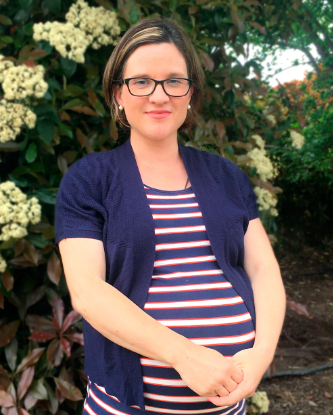I’m neither a binge watcher nor a Bridgerton fan but I’d have to be living under a rock not to
appreciate that this book series, now Netflix series, is incredibly popular.
There are many reasons for this, including its sensational sensual content, but there is one
concerning trend in fiction that we need to be aware of.
Bridgerton, like much romantic fiction, feeds into our inmost desires to be seen, known and
loved for who we are. The characters in the narratives are written in such a way that their
plight resonates with us, and their desire to be cherished and accepted, creates both the
narrative structure and the plot tension.
Watching these characters on screen, or reading them in the pages of a novel, lends itself to
a familiarity, an affinity that left unchecked can lead to a more concerning phenomenon:
living vicariously through these fictional characters.
What do I mean by this?
Living vicariously is, in a nutshell, experiencing another’s life events, both triumphs and
challenges, as though they were our own.
Living vicariously goes beyond empathy or sympathy. These both allow you to consider and
appreciate the emotions and experiences of another person. Perhaps you will encounter
some resonance here from your own lived experiences. But living vicariously does not mean
that you’re putting yourself in someone’s shoes, as an exercise of empathy, but that you
consider these experiences to be yours in the first place.
It is using your imagination to find happiness, contentment and acceptance – in short,
pleasure – through someone else’s experiences. It is an escape from your own experiences
and a futile search for fulfillment in someone else’s. It is a denial or avoidance of your life, a
means of escape from reality.
Take, for instance, the dance mom trope. Mum couldn’t make it so she pushes her daughter
so that she can live out the success, that she feels was denied to her, through her daughter.
You will never find the fulfilment and contentment you seek through fictitiously living through
someone else’s narrative.
And yet, romantic fiction has a tendency to result in us believing exactly that.
Am I too emotionally invested in the lives of fictitious characters, influencers or even those
people closest to me?
Do I escape the reality of my own life by absorbing another’s experiences as my own?
Further to this, however, is our emotional investment in the consummation of the fictional
characters relationship, whether or not this ‘getting’ together is a moral good. Because, let’s
face it, the secular idea of ‘getting together’ isn’t marriage…
So what can we do?
Practice emotional chastity.
Never heard of it? I doubt it’s a common term, but maybe it should be.
Lisa Cotter, a popular Catholic speaker and author, explains: ‘As Christians we often
address how we can use each other for physical pleasure, but what we don’t address is how
we can use each other for emotional pleasure.’
Living vicariously through someone else’s experiences entails just that. We are deriving
emotional pleasure from those experiences – fictional or not – and as Cotter makes
abundantly clear: ‘Where our hearts go, our bodies want to follow.’
And if we’re overly invested in characters and their plotlines, our emotional pleasure is one,
not rightly ordered and two, may lead us to experiencing an excess of sensual pleasure. It
dulls our moral instincts, and opens us up to a disordered approach to pleasure in all its
forms.
In other words, if we’re experiencing disordered emotional pleasure through the lives of
fictional characters, then we’re setting up ourselves to want to experience the corresponding
physical pleasure. If we’re binge-watching a costume drama for the bodice ripping, chaise
breaking scenes – which for many characters are outside of marriage – then we’re ultimately
setting our body up to want that for itself.
Whilst it may appear to work out well for the characters in Bridgerton, it’s prudent to
remember that the series is designed to look that way. But in reality, less intense pleasure
and more prudence more likely to help you find lasting acceptance and fulfillment.

Written by Emily Shaw
VM Writer and Graphic Designer. Wife of one, mother of 8. Tackling growth in virtue one (baby) step at a time.
